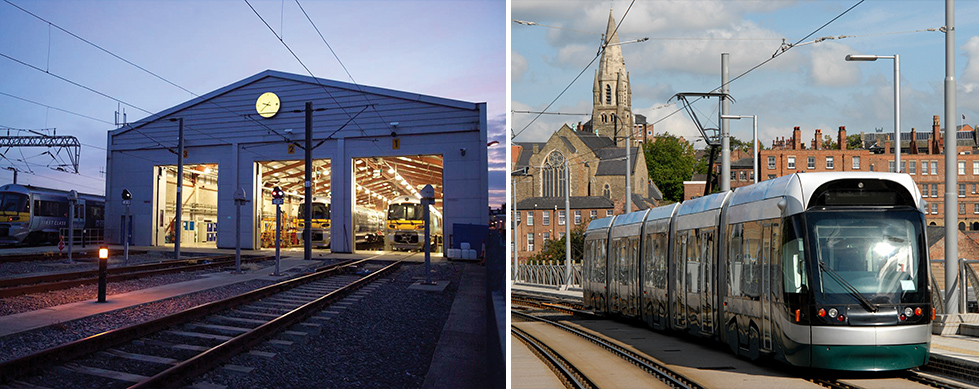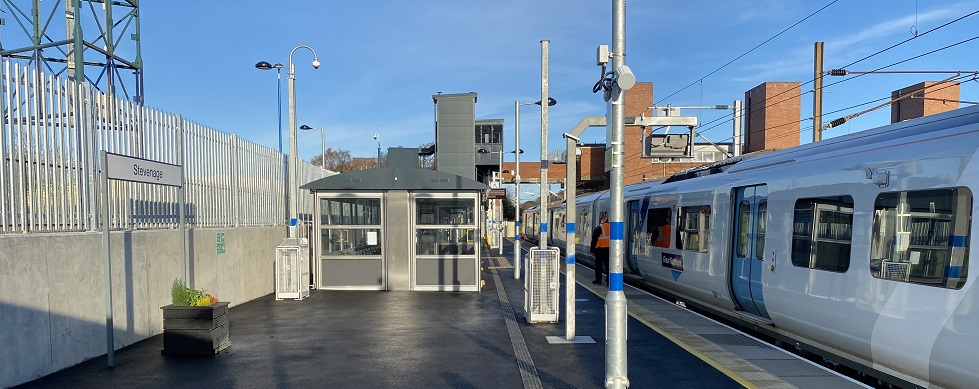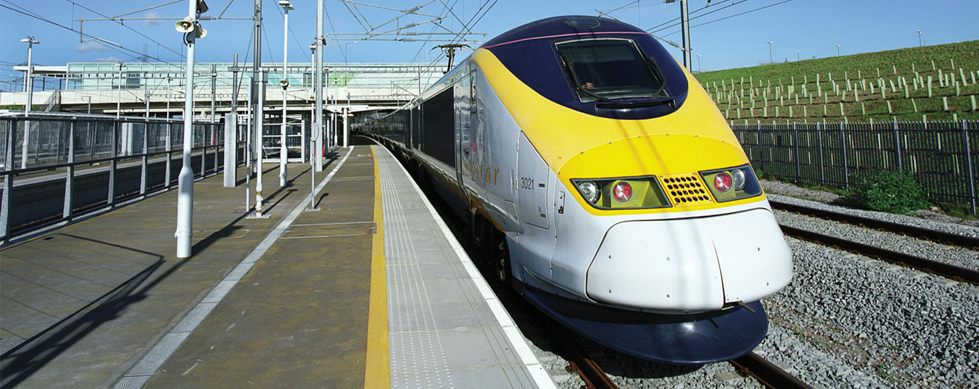
5 Key challenges of managing Rail surface water
The British rail network is as diverse as it is large, spanning the breadth of the country in one form or another. It encompasses 20,000 miles of track, serving 19 major stations and over 2,000 smaller stations, not to mention the 8,000 associated commercial premises.
As with any network of this size, there are a number of challenges that must be overcome to keep our train system fully operational. As Gary Morton, Head of Stakeholder Engagement at ACO Water Management explains, the task of managing rail surface water requires careful consideration of a few key factors.
The very nature of rail transport means that safety and efficiency are paramount, and managing water is a key component of that. However, the sheer size of the UK’s rail network means that this is no easy task. Here are five of the biggest challenges that need to be overcome in order to deliver effective rail surface water management solutions.
1 - Each project is different
We’ve touched upon the scale of the rail network and ancillary locations, which should serve to highlight the sheer geographical diversity that contractors must overcome. When you consider that factors such as climate and topography vary drastically across the country, this is clearly something that must be addressed on a case-by-case basis.
Similarly, the many different types of projects, buildings and applications that all fall under the term ‘rail’, ensure that there is no such thing as a one-size-fits-all solution. From platforms to light rail, car parks to maintenance depots, each application requires a specific and individual approach.
2 - Local influences
It is critical that contractors get to grips with the areas immediately surrounding a project’s location. This can be particularly important in urban areas, where unexpected choke points can lead to problems further down the line.
For example, ACO was involved in a city centre project located adjacent to a street of takeaways. On a Friday night the drains on the road would become blocked with boxes, litter, and cigarette butts, which resulted in water being diverted onto site. Fortunately, the project had engaged with local experts at an early stage and these issues were accounted for through the installation of additional hydraulic capacity. Unforeseen challenges like these can arise on any project and can significantly impact the delivery of a project if action is not taken.

3 - Climate Change
The increasing occurrences of storm-level events impact water management across all applications. Previously 1 in 100-year storms may start to happen more frequently, which means drainage has to be equipped to deal with this potential increase in rainfall.
However, the rail network is particularly susceptible to the dangers posed by climate change, given the problems that flooding, and indeed a rise in temperatures, can cause. It is critical that surface water solutions are built with this in mind, to avoid severe disruption in the years ahead. ACO’s free QuAD software is ideally suited to this, capable of highlighting local flood levels and specification requirements.
4 - Integrated transport
As anyone who has been to a major train station will know, our transport systems are becoming increasingly integrated. This means that within a small radius there will be trains, buses, bicycles, cars and pedestrians, often sharing the same surface, and all requiring their own infrastructure to support them.
It is vital that water management in and around a rail interchange accounts for the various modes of transport which both bring and take away rail passengers from site. The safety and logistical challenges of the various forms of transport within a site are unique and disparate, but must be considered in order to achieve effective water management. This is where collaboration between engineers of different disciplines is key, and is something that ACO has frequently stressed is integral to project success.
5 - Theft and vandalism
Finally, the impact that instances of theft and vandalism have on water management should not be ignored. This is particularly damaging when it comes to the track itself, with theft of copper wiring happening all-too-often across the country.
Both on the track and within station buildings themselves, care must be taken to minimise opportunities for vandalism. This is true of drainage solutions. For example, unlocked grates can be removed, and in the worst cases thrown at trains, which makes it critical to mitigate this possibility through careful design and planning.
Closing thoughts
Rail surface water management clearly poses a number of unique challenges, yet it is crucial that it is achieved in order to prevent severe disruption to an integral part of everyday life in the UK.
To help those tasked with meeting these challenges, ACO Water Management is running a free CPD called ‘Managing Rail Surface Water’.
For more information and to sign up, please visit:
